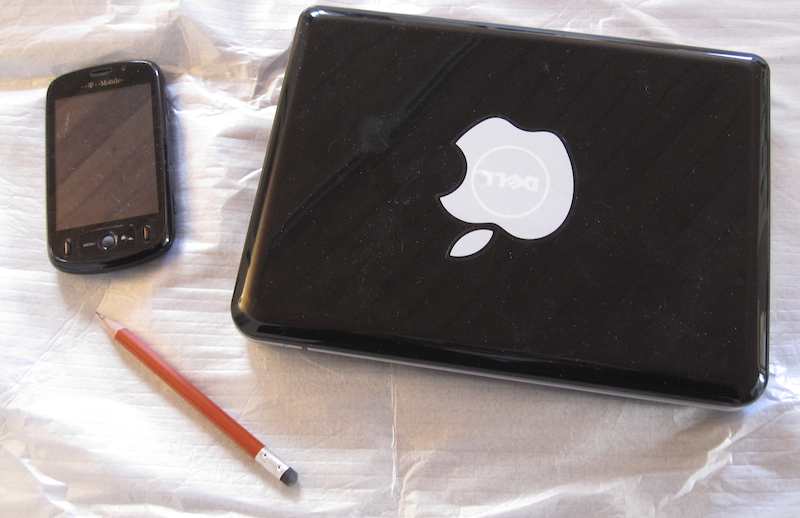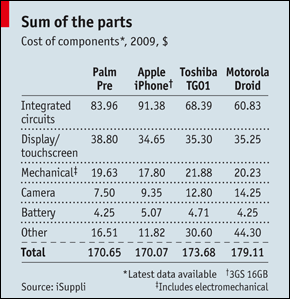
Well, if David Hockney can use his iPhone to produce serious art (along with the guys who do the covers for the ‘New Yorker’), why shouldn’t photographers do the same? That’s the basis for the iPhone Photo Project, an interesting experiment just launched by one of my sons.
This blog is an experiment – to see if I can create artistically worthwhile photographs every day on my iPhone. The idea was inspired by Chase Jarvis’s ‘The Best Camera’ project, which champions the use of the cameras we carry with us all the time as opposed to the ones we don’t. The best camera is the one you have with you, stupid. That strikes me as a powerful and democratising idea and has caused me to ask myself the question “what can I produce on my iPhone?”
It’s a neat idea. I don’t have an iPhone, but I always carry a camera — in my case a Canon IXUS which is actually quite a serious piece of kit. It’s technically much better than the iPhone camera, but of course it doesn’t have any onboard communications (or editing facilities, come to that). So it’s not much use for photoblogging.
And then there are the implications of the new Omnivision image sensor. As the New York Times puts it:
OmniVision, a company specializing in the image sensors for mobile phones, cameras and laptops, announced a new image sensor chip capable of recording 14.6 megapixel single images or full 60 frames per second 1080p high definition video. This is the same quality, or better, than most high-end cameras on the market today. The new chip also captures much higher light levels, creating a clearer picture and increasing image stabilization while shooting HD video.
If you’ve purchased a modern cell phone in the past three years, chances are you’re already walking around with a three to five megapixel camera built into your phone. But due to amount of light these sensors need to capture, the images can be very poor. If consumers want to take higher quality images, or video, you need to carry a separate dedicated camera.
It won’t be long before the images on mobile phones become equal quality to handheld cameras, said Devang Patel, senior marketing manager at OmniVision. He said, “Obviously the hand-held camera will have extra features, like better zoom, but you’ll start to see similar performance between cameras and camera-phones.”





